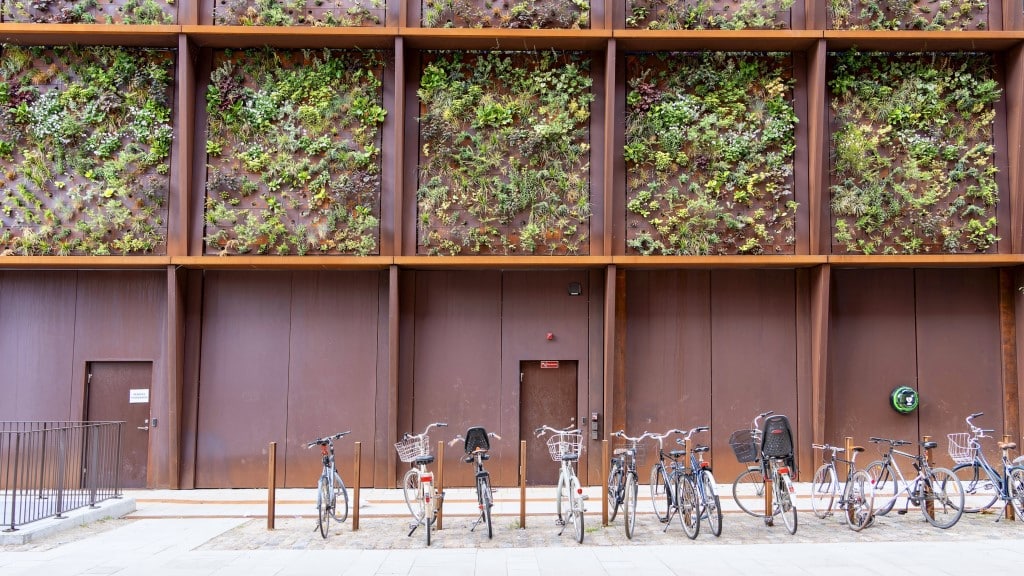Green and living walls: Fire and safety risks and management guide published by UK insurers
- June 26, 2024
- 10:43 am


Iain Hoey
Share this content
New guide published to manage risks of green and living walls
A new joint guide has been published by the Fire Protection Association (FPA) to address potential risks associated with green and living walls when used as external cladding.
The document, titled “Green and Living Walls as External Cladding – A Joint Guide to Managing Risk,” examines the implications of living walls on building resilience and continuity of business or services.
The guide focuses on risks related to fire, escape of water (EoW), and weather events.
According to the guide: “Many Living Walls are of a scale and location that presents no additional risk to the scenario that would warrant further consideration, but others, applied at larger scale to a building, might have the potential to exert great influence on the safety and insurability of that building – and others around it – if not properly designed and maintained.”
Collaboration and endorsement
The guide is a collaborative effort between key living wall providers and UK insurers through the FPA’s RISCAuthority research scheme.
It has received endorsements from various organisations, including Vertical Meadow, Viritopia, ABI, Biotecture, Growing Revolution, and Scotscape.
Aimed at building designers, façade engineers, architects, product suppliers, owners, insurers, fire services, and maintenance personnel, the guide is divided into two parts.
The first part is an interactive questionnaire that gathers essential information about the proposed living wall system to determine if it requires special consideration.
The second part offers background information and guidance on risk control, focusing on core principles such as engagement, testing, documentation, materials, design, upkeep, and monitoring.
Addressing potential risks
The guide suggests practical solutions for living wall systems with potential risks, helping to reduce business and property risks and assist with insurance provision.
It also highlights that living walls are just one factor insurers consider when assessing building safety and property resilience.
Challenges addressed in the guide include:
- Combustibility of planted biomass and its dependency on irrigation and maintenance
- Extensive use of plastics in some living wall designs
- Complexity of creating a fire-safe design when used in rainscreen-type cladding systems
- Lack of guidance on managing penetrations to prevent fire spread
- Inadequate certification tests for fire challenges
- Potential for mass fire spread over and within the building
- Insufficient Building Regulations for property protection
- Consideration of water and wind damage potential
Professor Jim Glockling commented on the guide: “The new risk management document, produced with exceptional collaboration between all stakeholders, sets out an agreed suite of core control principles, provides a framework for information exchange with the AHJ, and establishes methods of control so that the design may be tailored to meet the needs of all.
With some solution parameters currently unverified, the document is as much a call for further research and testing as it is a guidance document.”

